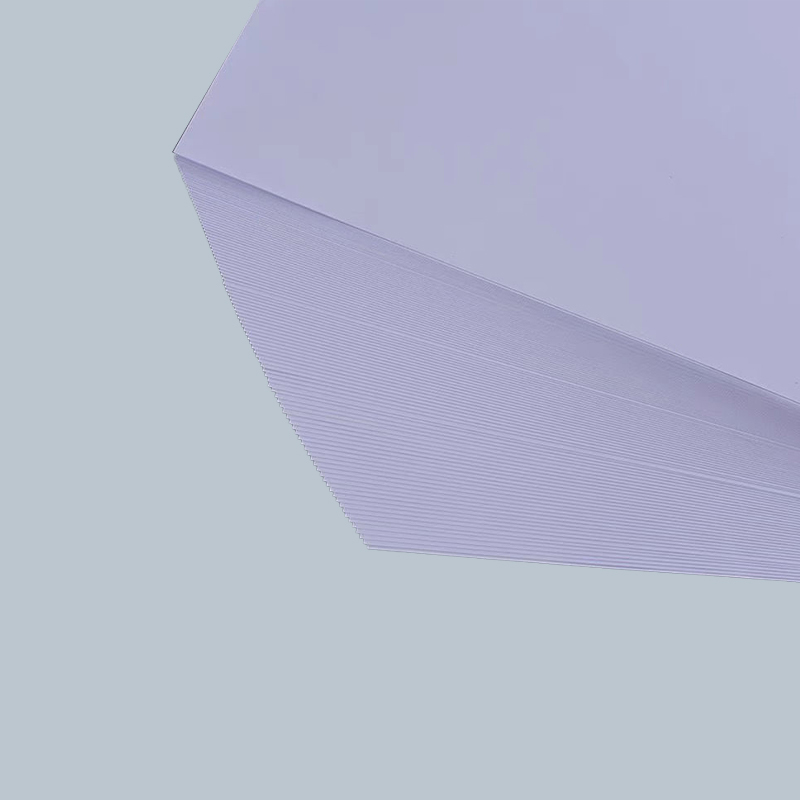Medical printing paper is specially designed to ensure long-term readability and durability, which is essential for documents that need to be preserved for extended periods, such as patient records, prescriptions, and medical charts. Here are some ways in which medical printing paper achieves this:
High-Quality Paper Material: Medical printing paper is often made from high-quality wood pulp or synthetic fibers that contribute to its strength and longevity. The paper is designed to resist tearing, crumbling, or fading, even when handled frequently over time. This ensures that the printed text and images remain legible throughout its use.
Acid-Free Composition: Many types of medical printing paper are acid-free, which helps prevent the paper from deteriorating over time. Acidic paper can yellow, become brittle, and degrade, compromising the readability and longevity of printed documents. By using acid-free paper, the paper remains stable for much longer periods, maintaining its structural integrity.
Ink Absorption and Smudge Resistance: The paper is engineered to provide optimal ink absorption, which helps preserve the clarity and sharpness of printed text. Additionally, medical printing paper is often treated to be smudge-resistant, ensuring that the ink does not bleed or rub off, even with frequent handling. This enhances the longevity of the document and ensures the printed information stays clear and readable.
Temperature and Humidity Resistance: Medical environments can be subject to varying temperature and humidity levels. High-quality medical printing paper is designed to resist the effects of these environmental factors, which could otherwise cause the paper to warp, discolor, or lose its shape. This resistance ensures that documents stay in good condition, even in more demanding healthcare environments.
Durability to Physical Wear: Medical printing paper is often made to withstand physical wear and tear, such as creasing, folding, or being handled repeatedly. It may have a higher basis weight or a smooth finish that resists damage from frequent handling. This is particularly important for documents like patient records or prescription pads, which may be passed from healthcare providers to patients and back.

Waterproofing and Moisture Resistance: Some medical printing paper is coated with a special finish that makes it resistant to water or moisture. This is particularly important in environments where documents might be exposed to liquids, such as in hospitals or clinics. Moisture-resistant paper helps preserve the printed content, preventing it from smudging or fading if it comes into contact with water or other substances.
UV Protection: Medical printing paper is sometimes treated to provide UV protection, which helps prevent fading from exposure to light. This is especially important for documents that will be stored or displayed for long periods. UV protection helps maintain the clarity and color of printed information, ensuring that it remains legible for years.
Security Features: Many types of medical printing paper incorporate built-in security features, such as watermarks, microprinting, or embedded security fibers. These features not only enhance the authenticity and tamper resistance of the documents but also contribute to the longevity of the paper by making it more resistant to counterfeiting and unauthorized alterations.
Compliance with Standards: Medical printing paper is often manufactured to meet specific industry standards (e.g., ISO standards or FDA regulations), which include requirements for durability and readability. These standards ensure that the paper is suitable for long-term use in medical settings, offering peace of mind that it will perform as expected over time.

 English
English عربى
عربى Español
Español



















